The National Oceanic & Atmospheric Administration (NOAA)

This image provided by NASA/NOAA clearly shows that this global warming trend began with the industrial age.
If this trend continues at the same pace, the temperature should increase 0.5 degrees F every 10 years. However, there are clear indications that the warming is accelerating.
Learn more at: www.realclimate.org
The expected effects of this global warming trend include:
- Acceleration in warming.
- Increased rain and snowfall due to increased moisture in the atmosphere.
- Increased and/or unpredictable severe storm activity and weather pattern changes including seasonal shifts.
- Increased disease and infestations along with increases in pollen and molds and insect populations in warm moisture rich regions.
- Increased insect and bacteria regionally dispersed.
- Increased potential for food supply interruptions due to crop failures in response to rapid temperature variations.
- Longer growing seasons challenged by more severe weather events causing increased crop failure rates.
- Sea level rise/Coastal flooding.
- Increase in forest fires and fire seasons.
- Latitudinal and regional altitude climate shift
As to the question of human contribution to global warming:
- NOAA: Each year since global measurements of CO2 began, the amount of carbon dioxide in the atmosphere has increased.
- NOAA: Scientific measurements of levels of CO2 contained in cylinders of ice, called ice cores, indicate that the pre-industrial carbon dioxide level was 278 ppm. That level did not vary more than 7 ppm during the 800 years between 1000 and 1800 A.D.
- NOAA: Atmospheric CO2 levels have increased from about 315 ppm in 1958 to 378 ppm at the end of 2004, which means human activities have increased the concentration of atmospheric CO2 by 100 ppm or 36 percent.
Climate Change: Global Temperature
Human Caused (Anthropogenic) Global Warming
Practically speaking and in simple terms. Since the earth was cooling prior to the industrial revolution, it is safe to say that the percentage of human caused global warming is between 93% and over 100%. Solar irradiance accounts for about 7%.
The solar cycle (Schwabe Cycle) influences the climate with .3 W/m2 of forcing. Our current forcing is around 1.9 W/m2. In other words, our current forcing is overwhelming the solar influence.
Major Greenhouse gases:
Co2
- Pre-Industrial: 280 ppm; (Oct. 2009): 388 ppm*, Increase = 38%
Methane
- Pre-Industrial: 715 ppb; Recent 1774 ppb**, Increase = 148%
Nitrous Oxide
- Pre-Industrial: 270 ppb; 319 ppb**, Increase = 18%
*2009 NASA/JPL https://climate.nasa.gov/
**2005 reading, ref. IPCC 4th Assessment Report, 2007
Accelerating Factors:
- Increased temperature will cause more forest fires which will release more of the carbon sink, which in turn will increase the greenhouse gases and warming affect.
- Melting sea ice reduces reflective ice and increases exposure of the sea surface, which absorbs more heat thus exacerbating the warming affect. Reduction of land based ice in Antarctica and Greenland also increases the heat absorption of the earths surface as that surface becomes more exposed.
Considerations & Feedback Loops:
The major uncertainties lie not in the understanding that this is human caused climate forcing but in the speed of acceleration and effects in the future.
- Climate forcing has the strong potential to alter the amount of energy and behavior in weather systems on the planet. We may be seeing stronger and more intense weather fronts and momentums. This should translate into weather pattern changes, more snow and rain and more heat and seasonal shift. Watch for these changes.
- There are two main bodies of land between the tropic of Cancer and Capricorn. They are South America and Africa. It is likely that the global warming will have strong influence in this equatorial region. Both these regions are carbon sinks that store carbon in the regional plants and trees. As the planet warms it is expected that these regions may dry out and burn, releasing the carbon in the sink, further increasing the global warming effect.
- Fact, there are many things still not fully understood. If all accelerating factors, as well as those not yet understood occur, the result could be the loss over decades or centuries of the Greenland and Antarctic ice cap. If these ice caps were to melt entirely the potential sea level rise could be around 200 feet. Even if the sea level only rises a few meters, what we should ask ourselves is how prudent is reticence of policy and action on a matter of this magnitude?
- The last time the polar regions were significantly warmer than present for an extended period (about 125,000 years ago with Co2 at 287ppm), reductions in polar ice volume led to 4 to 6 meters of sea level rise. Since this is not a natural climate forcing and Co2 ppm is already significantly higher, the potential can reasonably expected to exceed previous levels, barring unforeseen factors. Co2 is now 385 ppm (2008), therefore it is certainly reasonable to expect that continued warming will occur.
- Thermal expansion also affects seal level rise.
- All factors combined are expected to have large scale impacts on the planets environment, and its inhabitants.
Relevant scientists that work in the field now have 99% confidence in the relevant data and its implications. Action on an international scale is required to address the affects of this human caused climate forcing. The total result or impact of inaction is not yet scientifically predictable, but common sense can be easily applied to the known facts and extrapolated into a picture of understanding by those that examine the facts as they are now understood.
Exponential factors such as desertification, deforestation, black soot deposits (ref. NASA), and an increase of forest fires (releasing Co2 from the carbon sink) is expected to accelerate the warming trend. Go to NOAA Link
![]() IPCC 4th Annual Report Summary
IPCC 4th Annual Report Summary
NASA Goddard Institute for Space Studies
Jim Hansen – The bottom line.
How can I be optimistic if, as I have argued, climate is now in the hands of humans and it is closer to the level of “dangerous anthropogenic interference” than has been realized? If we compare the situation today to that 10-15 years ago, we realize that the main elements required to halt climate change, as summarized above, have come into being with remarkable rapidity. I realize that it will not be easy to stabilize greenhouse gas concentrations, but I am optimistic because I expect empirical evidence for climate change and its impacts to continue to accumulate, and that this will influence the public, public interest groups, industry, and governments at various levels. The question is: will we act soon enough. It is a matter of time.
Dr. James Hanson (Director of the Goddard Space Institute)
Rick Piltz says White House lawyers and politicians rewriting the science on Global Warming.
60 Minutes interview with Dr. Jim Hanson (Director of the Goddard Space Institute and considered one of the top three leading climate scientists in the world.) and others interviewed.
As reported by 60 minutes:
Dr. James Hansen, Director of the Goddard Space Center, reports that “…man has just 10 years to begin to reduce greenhouse gas emissions or global warming will reach what he calls a tipping point and will become unstoppable”. He says the White House is blocking that message. Hansen’s institute received from NASA in 2004 (shown in the picture above).
Rick Piltz now retired. Says it’s lawyers and politicians that are attempting to make global warming seem less threatening. He wrote the report to congress called “Our Changing Planet” (worked under Clinton and Bush administrations).
Rick Piltz sent review drafts of the report to the White House, “It comes back with a large number of edits handwritten by the “Chief of Staff” of the “Counsel on Environmental Quality”, “Phil Cooney” a lawyer, formally a lobbyist for the “American Petroleum Institute” before going into the White House.” In June, he (Phil Cooney) left the White House and went to work for Exxon Mobile”.
When 60 minutes asked to speak with the president Bush’s “National Science Adviser” They were informed, after months of trying to get an interview, “that he would “never” Watch Video [Note: video no longer available.] be available”.
Intergovernmental Panel on Climate Change (IPCC)
The Intergovernmental Panel on Climate Change (IPCC) has been established by WMO and UNEP to assess scientific, technical and socio-economic information relevant for the understanding of climate change, its potential impacts and options for adaptation and mitigation. It is open to all Members of the UN and of WMO.
View IPCC Web Site: https://www.ipcc.ch
Download the PDF for a primer on:
“The Long Time Scales of Human-Caused Climate Warming:
Further Challenges for the Global Policy Process”
Jerry D. Mahlman – Senior Research Fellow
National Center for Atmospheric Research
View NCAR Web Site: https://ncar.ucar.edu
NCDC
NATIONAL CLIMACTIC DATA CENTER
Testimony of Thomas R. Karl, Director
National Climatic Data Center
National Environmental Satellite Data and Information Services
National Oceanic and Atmospheric Administration
Before the Committee on Governmental Affairs
United States Senate
July 18, 2001 Read Testimony
The Environment is a National and Global Security Issue
Soil Depletion, Global Warming, Desertification, Deforestation, Peak Oil
“Global Warming” and “Climate Change” in accordance with the known circumstances in paleoclimactic data and recent data are reasonably and strongly indicative to be the result of human factors. The NOAA chart shows the linear progression into a mini ice age and burning oil is coincidental with an interruption to the global cooling.
Immediate attention must be paid to reason and common sense with regard to these topics as the predictable resultant effects directly impact our quality of life on earth for the human race and all other species on the planet.
The amount of controversy in this area should not ameliorate the importance of the application of reason. Consider the Montreal Protocol regarding ozone depleting chemicals that are produced by man. The same arguments that surrounded that argument also encompass the global warming argument. We must not forget that there is a lot of money involved in decisions regarding environmental safety.
Prudence is the kinder side of reason. Even if this global warming phase were a natural cycle, and it will increase the temperature on the planet to such a degree as predicted, then prudence dictates that we don’t contribute to the natural effect.
In reality, the evidence is sufficiently clear that global warming is human caused, as we have reversed the mini-ice-age that the paleoclimactic data has shown we were well into. Smart policy and action is the next step. Those that believe it is not human caused have no credible arguments in the light of insurmountable evidence now known. The only variables now seem to be the amount of danger the human race faces in the coming years and what steps should be taken to ensure the public safety in the future as best we are able.
NASA Global Warming Page
The main human activities that contribute to global warming are the burning of fossil fuels (coal, oil, and natural gas) and the clearing of land. Most of the burning occurs in automobiles, in factories, and in electric power plants that provide energy for houses and office buildings. The burning of fossil fuels creates carbon dioxide, whose chemical formula is CO2. CO2 is a greenhouse gas that slows the escape of heat into space. Trees and other plants remove CO2 from the air during photosynthesis, the process they use to produce food. The clearing of land contributes to the buildup of CO2 by reducing the rate at which the gas is removed from the atmosphere or by the decomposition of dead vegetation.
NASA: NASA: Global Warming [updated Link]
NASA: Looking at Earth Page
NASA: Black soot melting the ice.
National Oceanic & Atmospheric Administration (NOAA) National Climactic Data Center (NCDC)
ABSTRACT: Climate Over Past Millennia
Regional conclusions, particularly for the Southern Hemisphere and parts of the tropics where high resolution proxy data are sparse, are more circumspect. The dramatic differences between regional and hemispheric/ global past trends, and the distinction between changes in surface temperature and precipitation/drought fields, underscore the limited utility in the use of terms such as the “Little Ice Age” and “Medieval Warm Period” for describing past climate epochs during the last millennium. Comparison of empirical evidence with proxy-based reconstructions demonstrates that natural factors appear to explain relatively well the major surface temperature changes of the past millennium through the 19th century (including hemispheric means and some spatial patterns). Only anthropogenic forcing of climate, however, can explain the recent anomalous warming in the late 20th century. NOAA Paleo Search Link
Paleoclimactic Data for the last 150,000 years.
Unite America with The Centrist Party
- Enough is enough. We must unite to reclaim our government. Join the Centrist Party. Work together to heal our nation and return balance in governance and common sense for the nation and the people.
The Centrist News
Check out Centrist News & Perspectives for centrist media intelligence:
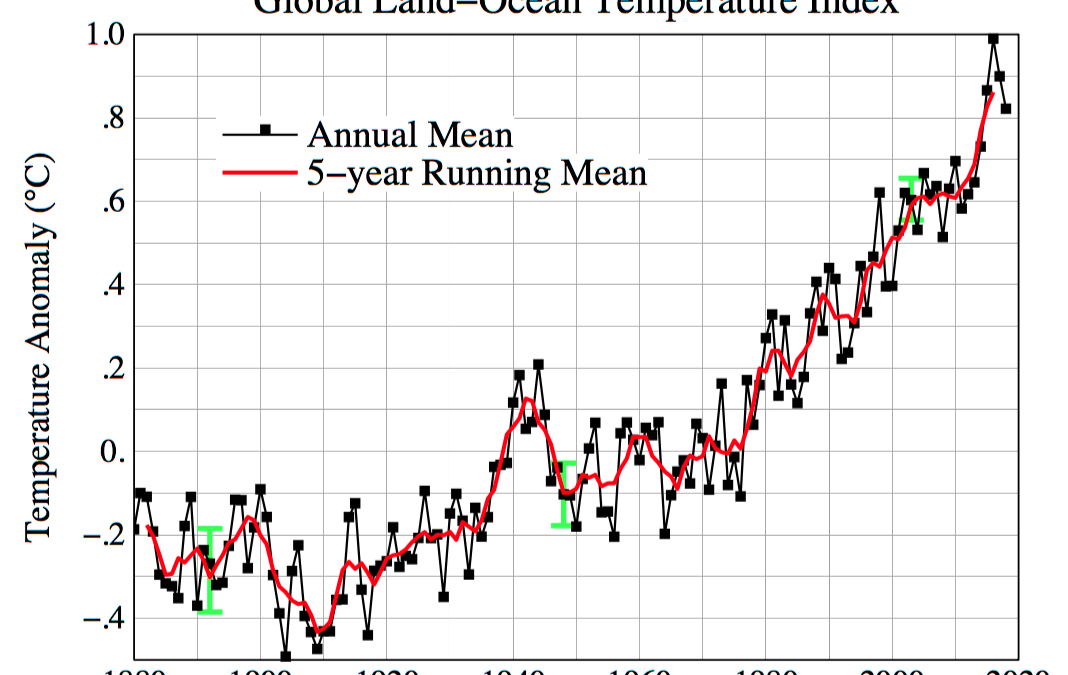
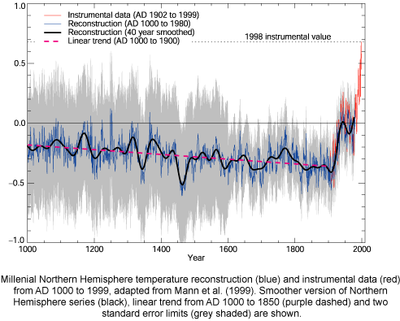
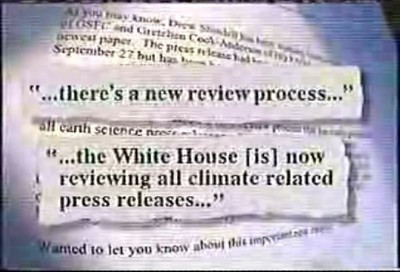
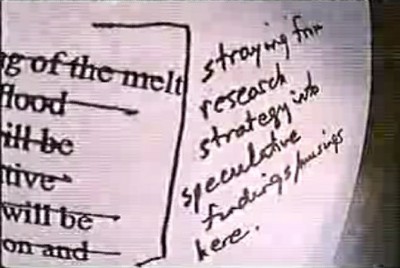
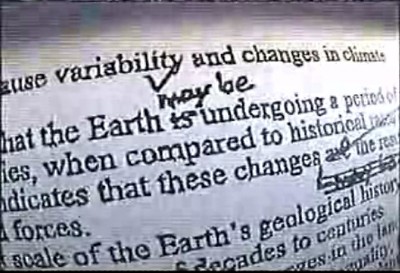
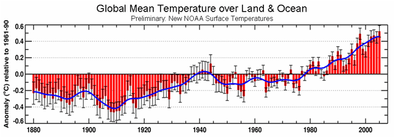
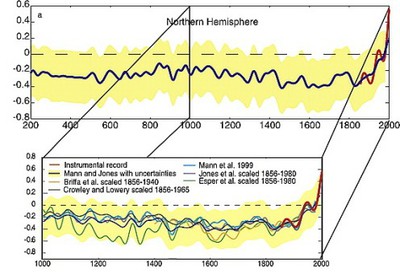
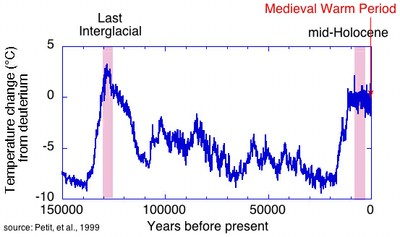
Recent Comments